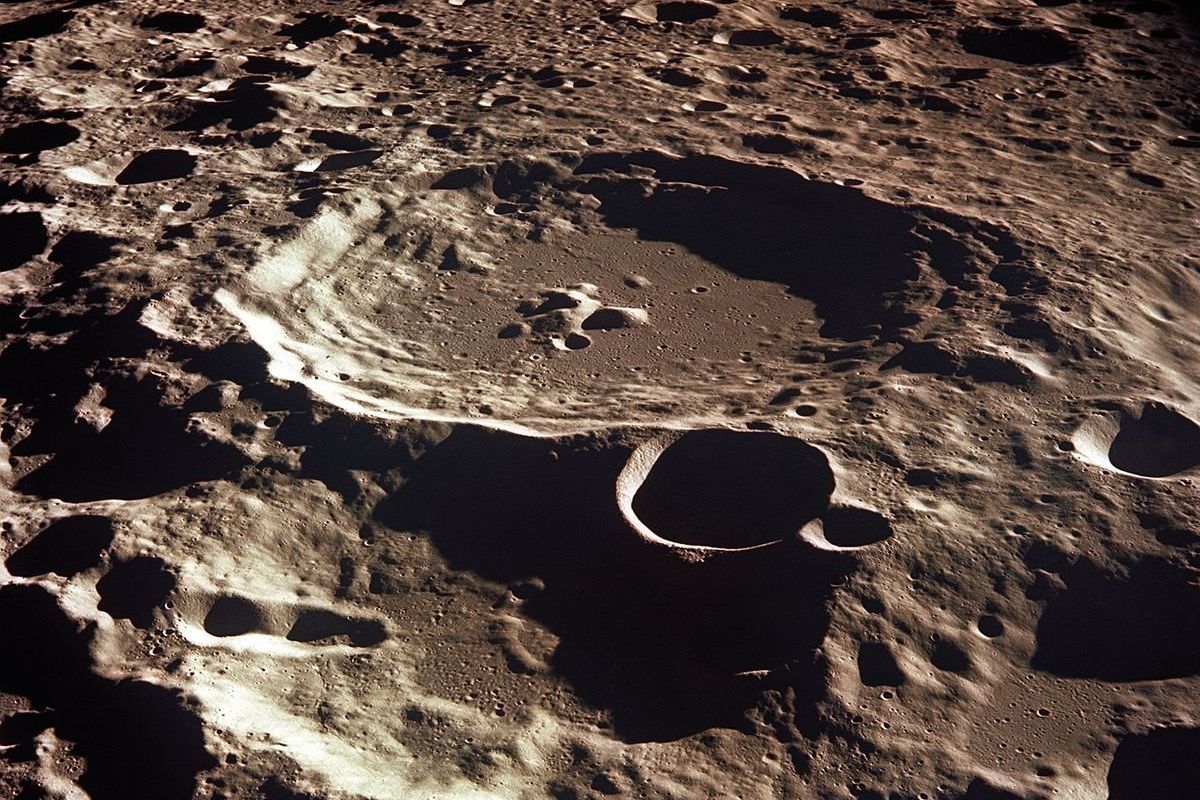'Hidden structures' discovered deep beneath the dark side of the moon
.
Our celestial neighbour has been a source of wonder and intrigue since the dawn of time, but now, thanks to China's space program, we're starting to decipher its history.
In 2018, the Chang’e-4 lander, of the CNSA, became the first spacecraft to set foot on the far side of the moon, an area often referred to as the "dark side".
Since then, it has been taking remarkable pictures of impact craters and collecting mineral samples, providing a long-awaited glimpse into the structures that make up the top 1,000 feet of the moon's surface.
Just last month, the Chang'e-4's discoveries were finally released to the public, and people everywhere were given a glimpse into the fascinating history of our beloved moon.
It is estimated that the highest 130 feet of the lunar surface are comprised of multiple strata of dust, soil, and fractured stone.
Beneath these layers is a crater, which has been formed when a massive object hit the moon, says Jianqing Feng, a researcher who studies the geology of planets at the Planetary Science Institute in Tucson, Arizona, and who jointly led this groundbreaking research.

Beneath this, Feng and his colleagues discovered five distinct layers of lunar lava that spread across the landscape billions of years ago.
notes.
Over the next approximately 200 million years or so, the moon continued to be battered by space debris, resulting in numerous impacts that left cracks in its surface.
Feng explained that, just as on the Earth, the moon's mantle had pockets of molten magma that seeped into the new cracks as a result of a series of volcanic eruptions.
However, the data from Chang'e-4 indicates that the thickness of the volcanic rock gets thinner as it gets closer to the moon's surface.
The moon was gradually losing heat and slowing down after its volcanic period," Feng said. "Its energy was diminishing over time.

It's generally accepted that volcanic activity on the moon stopped between 1 and 100 million years ago, which makes it almost considered "immobile from a geologic standpoint".
However, Feng and his co-authors propose that there may still be magma hidden beneath the moon's surface at a very great depth.
Chang'e-4 continues to have a lot to achieve, and Feng and his team are optimistic that this is merely the starting point for their groundbreaking lunar mapping efforts.
This article was first published on May 2nd, 2023.
I'm afraid there is no text provided. Please provide the text you'd like me to paraphrase.

Post a Comment